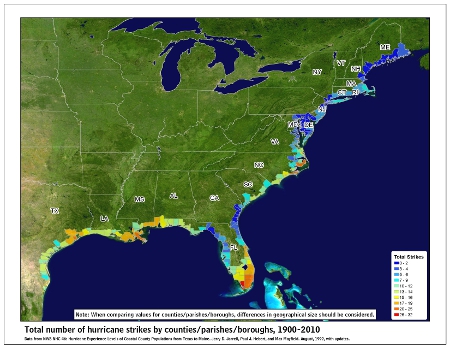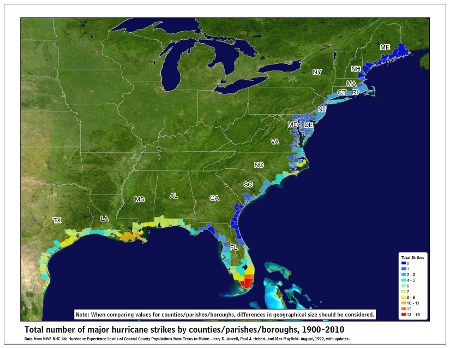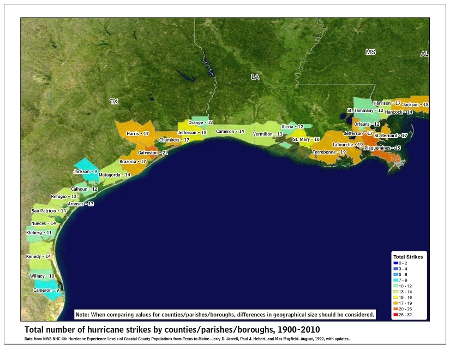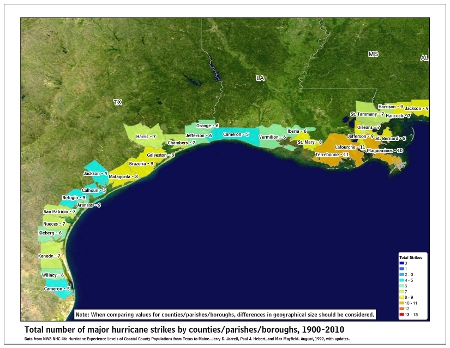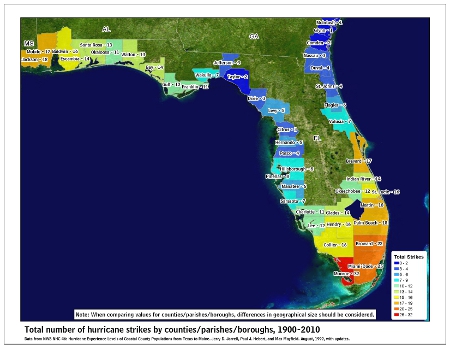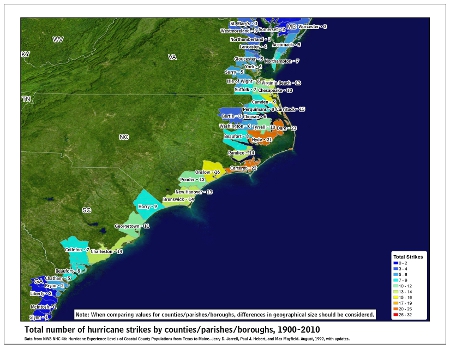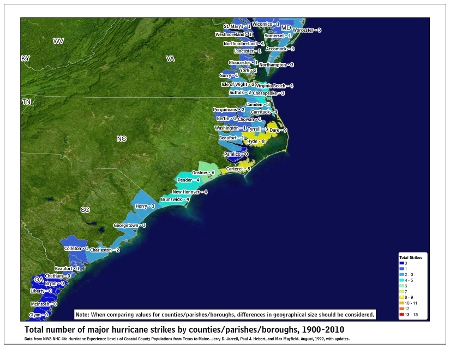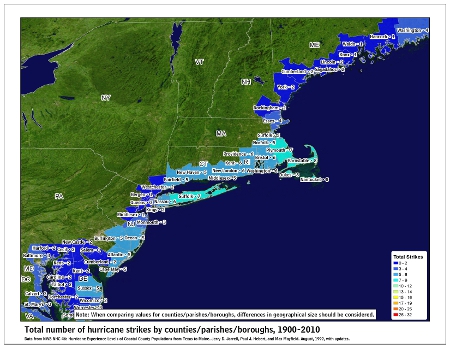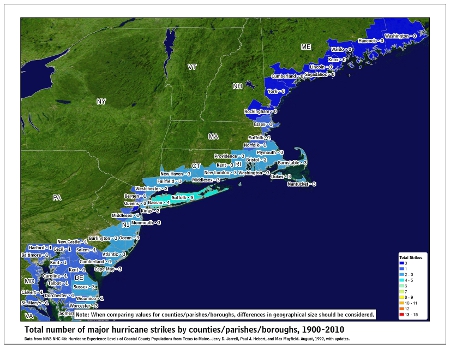Page Navigation: Atlantic Tropical Outlook / Tropical Discussion / Active Tropical Systems
Scheduled Recon Flight Plans / Marine Weather Discussion / Tropical Monthly Summary
2 Day Graphical Tropical Weather Outlook
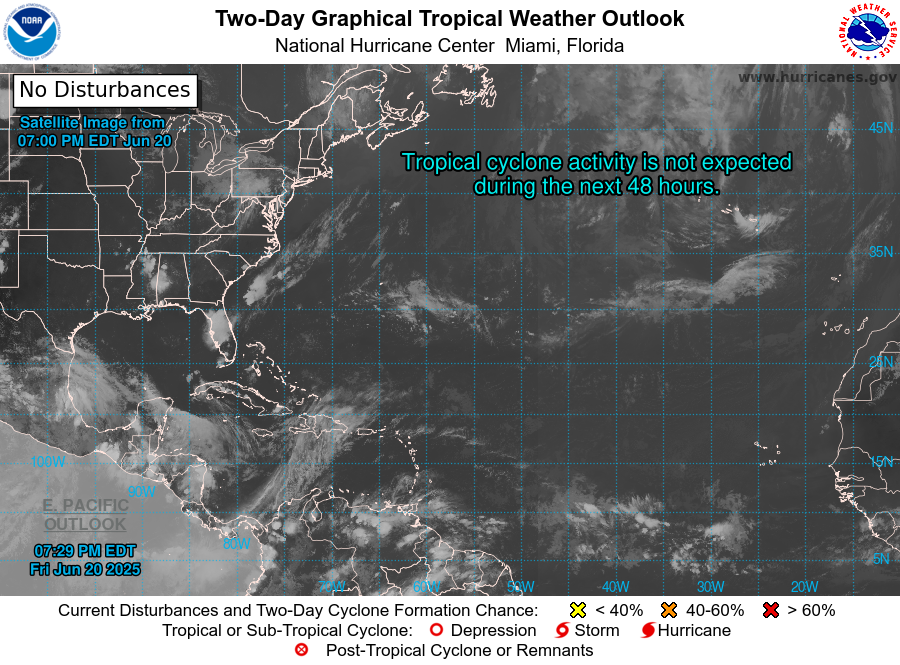
7 Day Graphical Tropical Weather Outlook
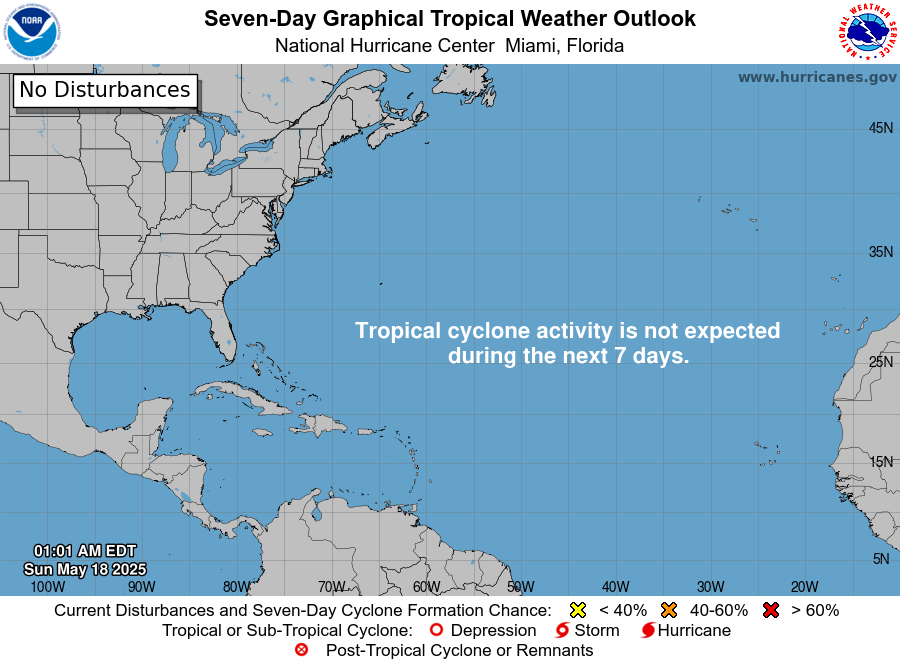
Atlantic Tropical Weather Outlook
- Sat, 30 Nov 2024 23:31:37 +0000: Atlantic Tropical Weather Outlook - Atlantic Tropical Weather Outlook
000
ABNT20 KNHC 302331
TWOAT
Tropical Weather Outlook
NWS National Hurricane Center Miami FL
700 PM EST Sat Nov 30 2024
For the North Atlantic...Caribbean Sea and the Gulf of Mexico:
Tropical cyclone formation is not expected during the next 7 days.
This is the last regularly scheduled Tropical Weather Outlook of
the 2024 Atlantic Hurricane Season. Routine issuance of the
Tropical Weather Outlook will resume on May 15, 2025. During the
off-season, Special Tropical Weather Outlooks will be issued as
conditions warrant.
$$
Forecaster Beven
Tropical Weather Discussion
- Sun, 12 Jan 2025 12:08:58 +0000: NHC Atlantic Tropical Weather Discussion - NHC Tropical Weather Discussion (Atlantic)
965
AXNT20 KNHC 121208
TWDAT
Tropical Weather Discussion
NWS National Hurricane Center Miami FL
1215 UTC Sun Jan 12 2025
Tropical Weather Discussion for North America, Central America
Gulf of Mexico, Caribbean Sea, northern sections of South
America, and Atlantic Ocean to the African coast from the
Equator to 31N. The following information is based on satellite
imagery, weather observations, radar and meteorological analysis.
Based on 0600 UTC surface analysis and satellite imagery through
0900 UTC.
...SPECIAL FEATURES...
Atlantic Gale Warning: A cold front extends from 31N62W to
23N80W. Gale force winds are noted N of 29N and east of the front
to 54W, where rough to very rough seas prevail. The front will
shift eastward today, with gale force winds within 60 nm east of
the front and N of 28N. Winds will diminish below gale force
tonight.
Atlantic Significant Swell Event: Two sets of large long-period
northwest swell are impacting the discussion waters, producing
rough to very rough seas. Seas 12 ft or greater associated to the
first swell cover the waters N of a line from 17N52W to 30N30W,
while seas 12 ft or greater associated to the other swell cover
the waters N of 27N between 52W and 73W. Seas are now peaking
near 18 ft north of 30N between 65W and 70W. Seas associated to
the first swell will subside below 12 ft today, while the second
swell spreads SE through the middle of the week before subsiding.
Please refer to the latest NWS High Seas Forecast issued by the
National Hurricane Center at the website:
https://www.nhc.noaa.gov/text/MIAHSFAT2.shtml, for more details.
...MONSOON TROUGH/ITCZ...
The monsoon trough extends off the coast of Africa near 05N10W to
04N13W. The ITCZ continues from 04N13W to 01N32W. Scattered
moderate convection is observed from 04N to 08N between 12W and
19W.
GULF OF MEXICO...
High pressure prevails over the Gulf of Mexico. Moderate to fresh
winds are over the far western Gulf, with moderate winds N and W
of the Yucatan peninsula. Light to gentle anticyclonic wind flow
prevails over the remainder of the Gulf. Seas are in the 4-7 ft
range over the waters SE of a line from central Florida to
Tampico, Mexico, and 2-4 ft elsewhere.
For the forecast, a cold front will move into the Gulf early this
week followed by strong winds and rough seas, possibly reaching
near- gale off the coast of Veracruz, Mexico Mon night.
CARIBBEAN SEA...
Fresh to strong winds prevail over the south central Caribbean,
with gentle to moderate winds over the north central Caribbean and
eastern Caribbean. Seas over these waters are in the 4-7 ft
range. Gentle winds, and seas of 2-4 ft, prevail over the western
Caribbean.
For the forecast, large long- period northerly swell moving
through the Atlantic passages into the northeast Caribbean and the
Atlantic waters east of the Leeward and Windward Islands will
subside late tonight through early Mon. Meanwhile, high pressure
building across the western Atlantic will maintain moderate to
fresh trade winds over the eastern and south- central Caribbean,
with strong winds pulsing off Colombia through the middle of next
week.
ATLANTIC OCEAN...
Please refer to SPECIAL FEATURES above for more on a gale and a
significant swell in the ATLC waters.
A cold front extends from 31N62W to 23N80W. Aside from the area of
gale force winds, fresh to near gale force winds are over the
waters N of a line from 30N72W to 25N63W to 30N48W. Farther east,
another cold front extends from 31N31W to 16N58W, with little
impact on winds. Aside from the winds described above, mainly
light to gentle winds are west of the front; with light to gentle
winds within 60 nm east of the front. Moderate to fresh winds are
noted elsewhere. Aside from the area of 12 ft seas discussed in
the Special Features section, seas 8 ft or greater are over the
waters W of a line from 31N24W to 10N56W. The exception is within
120 nm NE of the central and southern Bahamas where seas of 5-7 ft
prevail. Otherwise, seas are in the 6-7 ft range.
For the forecast W of 55W, the front will reach from 31N55W to
the Straits of Florida today, before stalling and dissipating
along roughly 21N late tonight into Mon. The gale force winds and
rough seas will impact the waters north of 28N in the vicinity of
the front today. These winds and seas will decrease as high
pressure builds over the basin into Mon. A reinforcing front will
move into the waters off northeast Florida Tue, and reach from
Bermuda to South Florida Wed.
$$
AL
Active Tropical Systems
- Mon, 02 Dec 2024 11:31:37 +0000: The Atlantic hurricane season runs from June 1st through November 30th. - NHC Atlantic
The Atlantic hurricane season runs from June 1st through November 30th.
Scheduled Reconnaissance Flight Plans
- Sat, 11 Jan 2025 17:01:58 +0000: Weather Reconnaissance Flights Plan of the Day - Weather Reconnaissance Flights Plan of the Day
000 NOUS42 KNHC 111701 REPRPD WEATHER RECONNAISSANCE FLIGHTS CARCAH, NATIONAL HURRICANE CENTER, MIAMI, FL. 1200 PM EST SAT 11 JANUARY 2025 SUBJECT: WINTER SEASON PLAN OF THE DAY (WSPOD) VALID 12/1100Z TO 13/1100Z JANUARY 2025 WSPOD NUMBER.....24-042 I. ATLANTIC REQUIREMENTS 1. NEGATIVE RECONNAISSANCE REQUIREMENTS. 2. OUTLOOK FOR SUCCEEDING DAY.....NEGATIVE. II. PACIFIC REQUIREMENTS 1. NEGATIVE RECONNAISSANCE REQUIREMENTS. 2. OUTLOOK FOR SUCCEEDING DAY.....NEGATIVE. $$ AOM/WJM NNNN
Marine Weather Discussion
- Mon, 17 May 2021 15:22:40 +0000: NHC Marine Weather Discussion - NHC Marine Weather Discussion
000
AGXX40 KNHC 171522
MIMATS
Marine Weather Discussion
NWS National Hurricane Center Miami FL
1122 AM EDT Mon May 17 2021
Marine Weather Discussion for the Gulf of Mexico, Caribbean Sea,
and Tropical North Atlantic from 07N to 19N between 55W and 64W
and the Southwest North Atlantic including the Bahamas
This is the last Marine Weather Discussion issued by the National
Hurricane Center. For marine information, please see the Tropical
Weather Discussion at: hurricanes.gov.
...GULF OF MEXICO...
High pressure along the middle Atlantic coasts extending SW to
the NE Gulf will remain generally stationary throughout the
week. This will support moderate to fresh E to SE winds over the
basin through Tue. Winds will increase to fresh to strong late
Tue through Fri as low pressure deepens across the Southern
Plains.
...CARIBBEAN SEA AND TROPICAL N ATLANTIC FROM 07N TO 19N BETWEEN
55W AND 64W...
A ridge NE of the Caribbean Sea will shift eastward and weaken,
diminishing winds and seas modestly through Wed. Trade winds
will increase basin wide Wed night through Fri night as high
pressure builds across the western Atlantic.
...SW N ATLANTIC INCLUDING THE BAHAMAS...
A weakening frontal boundary from 25N65W to the central Bahamas
will drift SE and dissipate through late Tue. Its remnants will
drift N along 23N-24N. The pressure gradient between high
pressure off of Hatteras and the frontal boundary will support
an area of fresh to strong easterly winds N of 23N and W of 68W
with seas to 11 ft E of the Bahamas late Tue through Fri.
$$
.WARNINGS...Any changes impacting coastal NWS offices will be
coordinated through AWIPS II Collaboration Chat, or by
telephone:
.GULF OF MEXICO...
None.
.CARIBBEAN SEA AND TROPICAL N ATLANTIC FROM 07N TO 19N BETWEEN
55W AND 64W...
None.
.SW N ATLANTIC INCLUDING THE BAHAMAS...
None.
$$
*For detailed zone descriptions, please visit:
http://www.nhc.noaa.gov/abouttafbprod.shtml#OWF
Note: gridded marine forecasts are available in the National
Digital Forecast Database (NDFD) at:
http://www.nhc.noaa.gov/marine/grids.php
For additional information, please visit:
http://www.nhc.noaa.gov/marine
$$
.Forecaster GR. National Hurricane Center.
Atlantic Tropical Monthly Summary
- Sun, 01 Dec 2024 03:00:40 +0000: Atlantic Monthly Tropical Weather Summary - Atlantic Monthly Tropical Weather Summary
000<br />ABNT30 KNHC 010300<br />TWSAT <br /><br />Monthly Tropical Weather Summary<br />NWS National Hurricane Center Miami FL<br />1000 PM EST Sat Nov 30 2024<br /><br />For the North Atlantic...Caribbean Sea and the Gulf of Mexico:<br /><br />Tropical cyclone activity this November was above average in terms <br />of the number of named storms, hurricanes, and major hurricanes in <br />the Atlantic basin. Three named storms formed during the month, <br />including one (Rafael) that became a major hurricane. Based on a <br />30-year climatology (1991-2020), a tropical storm forms in November <br />once every year or two, and a hurricane forms once every two years.<br /><br />Rafael strengthened into a hurricane while passing near Jamaica and <br />the Cayman Islands before making landfall in western Cuba as a <br />category 3 hurricane. Elsewhere, Patty brought tropical storm <br />conditions to portions of the Azores. Sara meandered near the coast <br />of Honduras before making landfall as a tropical storm in Belize.<br /><br />Overall, the 2024 Atlantic hurricane season had above-normal <br />activity in terms of the number of named storms, hurricanes, and <br />major hurricanes. In 2024, there were 18 named storms that formed in <br />the Atlantic basin, of which 11 became hurricanes and 5 strengthened <br />into major hurricanes (category 3 or higher on the Saffir-Simpson <br />Hurricane Wind Scale). These numbers are greater than the long-term <br />(1991-2020) averages of 14 named storms, 7 hurricanes, and 3 major <br />hurricanes. In terms of Accumulated Cyclone Energy (ACE), which <br />measures the strength and duration of tropical storms and <br />hurricanes, activity in the basin in 2024 was about 34 percent above <br />the long-term (1991-2020) average.<br /><br />Reports on individual cyclones, when completed, are available at the <br />National Hurricane Center website at<br />www.hurricanes.gov/data/tcr/index.php?season=2024&basin=atl<br /><br />Summary Table<br /><br />Name Dates Max Wind (mph)<br />------------------------------------------------------------------<br />TS Alberto 19-20 Jun 50*<br />MH Beryl 28 Jun-9 Jul 165<br />TS Chris 30 Jun-1 Jul 45*<br />H Debby 3-9 Aug 80<br />H Ernesto 12-20 Aug 100<br />H Francine 9-12 Sep 100<br />TS Gordon 11-17 Sep 45<br />MH Helene 24-27 Sep 140<br />H Isaac 26-30 Sep 105<br />TS Joyce 27 Sep-1 Oct 50<br />MH Kirk 29 Sep-7 Oct 145<br />H Leslie 2-12 Oct 105 <br />MH Milton 5-10 Oct 180<br />TS Nadine 19-20 Oct 60<br />H Oscar 19-22 Oct 85<br />TS Patty 2-4 Nov 65<br />MH Rafael 4-10 Nov 120<br />TS Sara 14-18 Nov 50<br /><br />------------------------------------------------------------------ <br /><br />Dates are based on Coordinated Universal Time (UTC).<br />* Denotes a storm for which the post-storm analysis is complete.<br /><br />$$<br />Hurricane Specialist Unit

 DONATE
DONATE![[Map of 1950-2017 CONUS Hurricane Strikes]](http://www.nhc.noaa.gov/climo/images/conus_strikes_sm.jpg)
